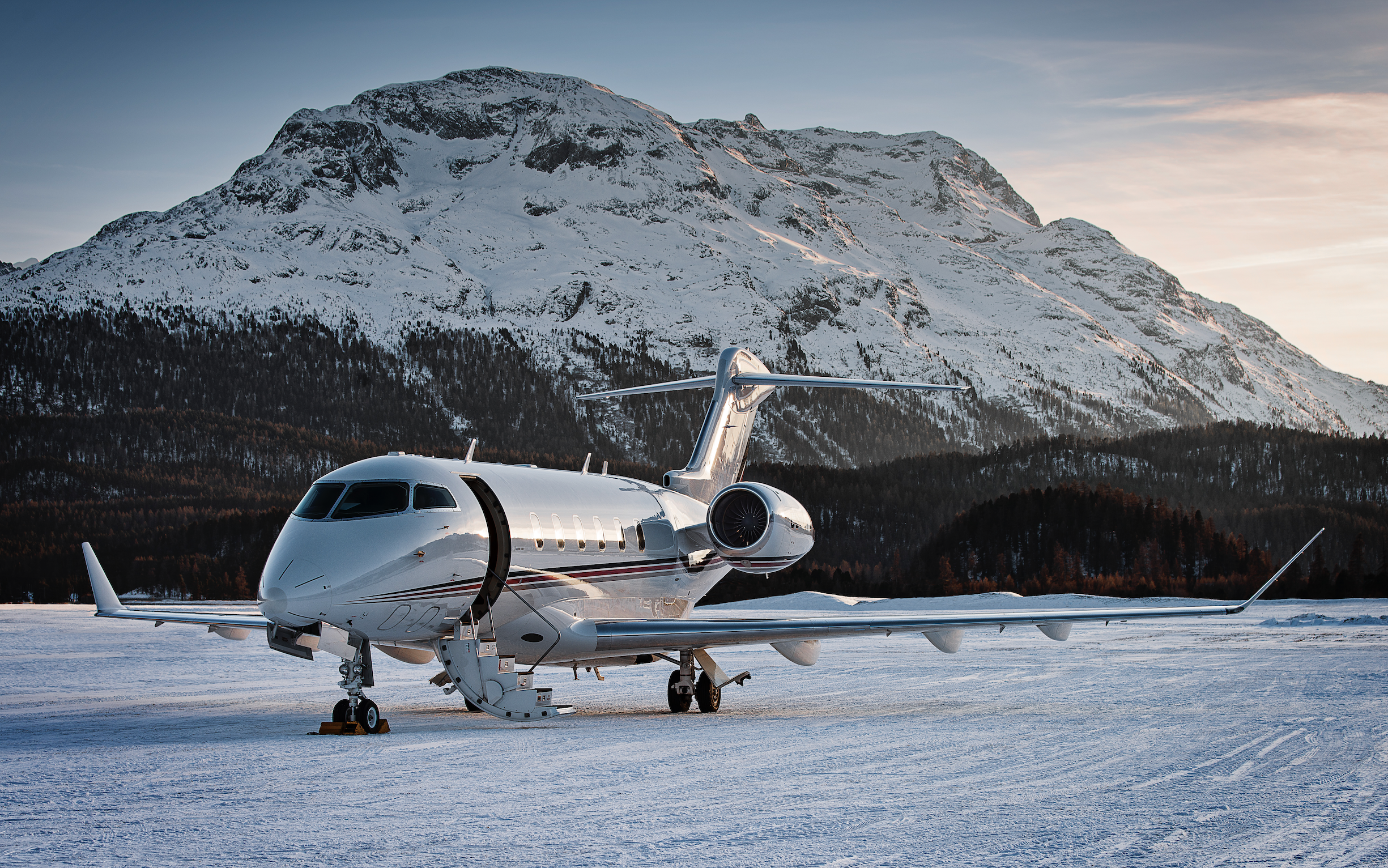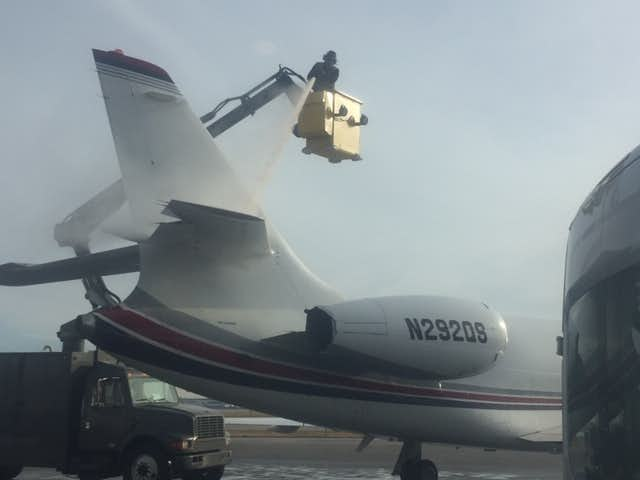
The siren’s song from private jet companies is easy access to the slopes, more time enjoying the powder and less stress, and they are right. Many mountain airports require connecting flights on commercial airlines, so having a jet card for your season’s ski trips can cut travel time from five or six hours by more than half.
Flying privately can add nearly two full days on the slopes to your ski vacation. If you are planning a long weekend, going up Thursday and coming back Sunday, having a jet card can mean double the snowy fun.
– Private Jet Card Comparisons analysis
Think about leaving your house at 7:30 am, being wheels up from an airport near you a half-hour later, and on your favorite runs by 11 am. Fly commercially and you wouldn’t arrive until dinnertime.
In case you think it’s too good to be true, the flight time from Austin, Texas to Aspen is two hours and six minutes to cover the 810 miles in a light private jet.
Your 8 am departure would put you on the ground at Pitkin County Airport just after 10 am, you would be off the airport grounds and on you way within about 10 minutes, and ski slopes here you come.
With no nonstops, if you were flying commercially, with skis and bags to check, you would probably hop on a United Airlines connection via Houston at 9:50 am landing in Aspen at 4:20 pm. By the time luggage is delivered, it’s dinnertime!
Not counting airport time, from flight departure in Texas to arriving in Colorado, it’s 7.5 hours travel time on United.
And yes, there are shorter connections. United will transfer you at its Denver hub in 4 hours 20 minutes, however, with a 56-minute connection you might have to worry about your baggage making it to Aspen with you.
And even at that, if you factor in time at the airport, you are probably talking about four hours more if fly commercially.
What it means is that both coming and going, flying privately can add nearly two full days on the slopes to your ski vacation. If you are planning a long weekend, going up Thursday and coming back Sunday, having a jet card can mean double the snowy fun.
While you can always call up and book a charter on-demand, you will have to spend time comparing prices and terms for each trip. You’ll also have to research the operator that will be flying you, and with an on-demand charter, if there is a mechanical, you may have to pay the difference if the recovery flight is more expensive.
With jet cards, you can get fixed hourly rates, so you know what you will pay ahead of time, and with guaranteed availability, you can book flights often with less than 24 hours notice, and in some cases as little as six hours.
In other words, on Wednesday the weatherman says it’s going to rain in Your City this weekend, tomorrow morning you can be off to the slopes.
Also, if there is a mechanical, most jet card companies guarantee replacement flights at no extra cost.
However, don’t just go out and buy a jet card. Just like with on-demand charter, you do need to do some research due diligence. However, the good news is that you only have to do it once.
Here are six key factors to consider when comparing jet cards for ski vacations:
It may surprise you that deicing is often an extra charge when flying privately, and depending on the airport you are flying from and the size of the jet, it can range up to $10,000 per incidence, although it’s more likely to be in the low thousand dollar range.
The variation in terms of costs is in part because different airports have different rules and requirements about what type of fluids can be used and where deicing is staged.
In fact, with an on-demand charter, where you pay for your aircraft to be positioned – something most jet cards include – assuming bad weather, you might be hit with a double deicing bill – once from where the plane started its day and once when it gets to you.
By buying a jet card that includes deicing – it’s one of the more than 65 variables tracked in the Private Jet Card Comparisons’ database – you will not only get more days on the slope, you will possibly save enough money in deicing charges for an extra trip!
While taking pets on commercial flights is less than optimal, not all private jets allow pets. That’s because many private jets are not owned by the company that is flying you.
The company manages the airplanes for their owners, chartering them out on-demand or for jet card flights when the owner isn’t using them. Not all owners allow pets, or they may have restrictions on how many and what type.
When buying a jet card, if you plan to bring pets, ask about pet policies. Again, it’s something you can compare as a paid subscriber to Private Jet Card Comparisons.
Even if your program allows pets, make sure you notify your jet card company when making a booking.
While light jets typically seat six and sometimes can cram seven people in, remember, the smaller the jet, the less luggage space. And while skis easily fit in the holds of commercial aircraft, on private jets it’s a different story.
To make sure it won’t be a problem, as you are shopping for a jet card – or on-demand charter – make sure to let the company you are speaking with know how much baggage you will have and how many sets of skis. It may be that you need a larger private jet – even if you don’t need the extra seats.
Flying into and out of mountain airports provides extra challenges for your pilots. While many people shop jet cards and charter by focusing on price, make sure you also take safety into consideration. Ask about requirements flying into mountain airports for operator and pilot experience, training, and recency.
Often it’s assumed you can do anything on a private jet as long as you have the money to pay for your flight. One mundane assumption that’s not always correct is that you can fly your little ones unaccompanied. It’s not an uncommon request. Maybe the kids were at boarding school and are flying to meet you or you are having the grandkids come to your ski retreat for a vacation on the slopes.
The minimum age for unaccompanied minors varies from providers who will (at additional expense) arrange flight attendants to accompany toddlers to some companies that won’t permit anyone under the age of 18 to fly alone.
I still remember the subscriber who found out the hard way. His ex-wife had just moved to a new city and he was buying a jet card to fly the kids back and forth. He called a friend, who recommended his jet card company.
However, that person never sent his kids alone, so he wasn’t aware the policy was no unaccompanied minors under the age of 16. Said subscriber didn’t find out until after making a six-figure purchase when he called to book the flight and the company asked for passenger names.
Again, it’s one of the over 65 variables subscribers track, and I can happily say we helped him identify programs that fit his needs.
Nearly all jet cards have peak days, but the policies can vary widely. Typically, booking on peak days is longer than non-peak days. For some programs, it means booking at least seven days in advance to secure your fixed rates.
If you like to fly on a whim, compare lead time for both reserving and canceling your jet card flights on peak days.
Another way peak days can impact your trip is the surcharge. While some programs have no surcharge on peak days, they can be as high as 40%. In other words, a $6,000 hourly rate can all of a sudden become $8,400 per hour!
Also, look at the number of peak days. Some programs have none, while others have over 50 peak days.
The last consideration with peak days is that jet card provider often give themselves the right to shift your flights by up to three hours in either direction from your preferred departure time. In other words, you might find out you have less ski time than you wanted.
I always recommend mapping out your trips in advance, and if at all possible, avoid peak days.
In addition to deicing, skis, policies on unaccompanied minors, baggage space, pilot experience, and peak days, you will want to review other factors, such as daily and segment minimums, what the company does to protect the funds you deposit, how long your rates are locked in, and so forth.
If you plan to ski in Canada, make sure the airports you want to fly into are in the Primary Service Area where your guaranteed rates apply. If you want to ski in both the U.S. and Europe, good news. There are a number of programs that include fixed rates in both areas, so you can find a single program that fits your needs.
If I can be of help, feel free to email me at doug.gollan@privatejetcardcomparsions.com.
Find out why you should become a paid subscriber to Private Jet Card Comparisons here.

